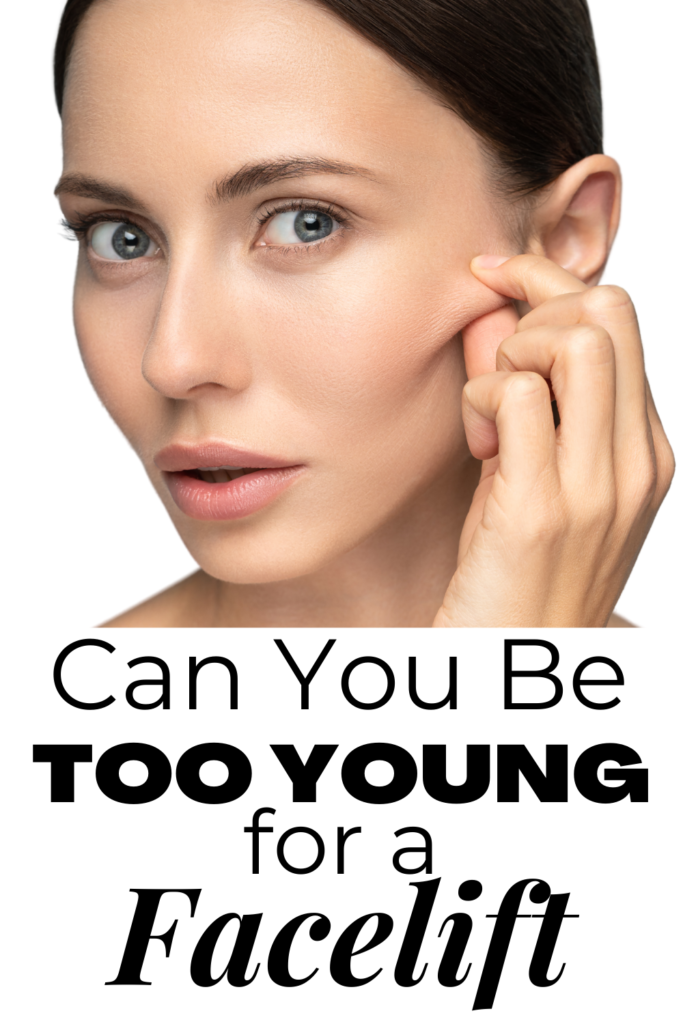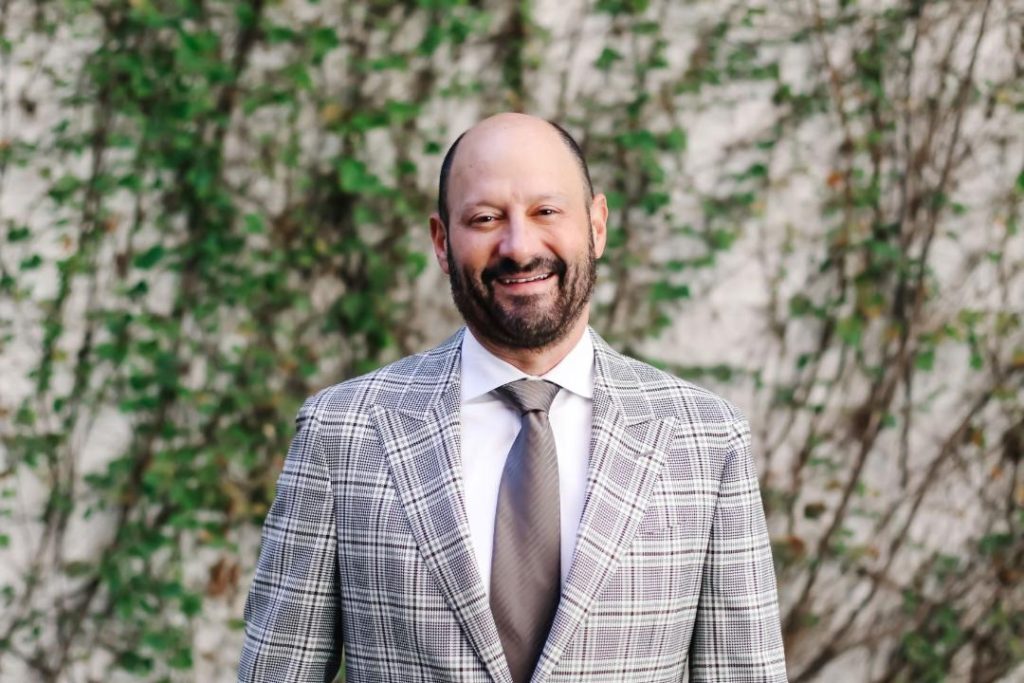There is a plethora of information on the internet about Botox or facelift procedures. Much of it is intended to promote a particular surgeon or highlight a procedure as being the next “miracle.” When people have questions and want honest answers, unless they have a plastic surgeon the family, it is often hard to find “real” answers to some very common questions. Here are some answers to some “most-googled” questions about plastic surgery from Chicago Board-Certified Plastic Surgeon Dr. Michael Horn.

After repeated Botox injections, will facial muscles ever lose the ability to frown?
Even though one of the side effects of Botox is difficulty smiling or frowning, the effects of Botox wear off in 3 to 4 months.
Repeated use of Botox causes the muscles treated to atrophy and thin out. When they “wake” back up they tend to be weaker and less likely to make wrinkles. This is why many consider Botox a great anti-aging treatment.
Botox can be administered in a way in which it does not freeze the muscle completely. This is something you would discuss with your injector.
Discuss with the injector what your goals are. Some people such as actors need to be able to express themselves. In this case, Botox can be administered so as not to freeze the muscle completely.
Others want certain muscles not to move at all. An experienced injector has the knowledge to make adjustments. We also have the ability to combine Botox with other treatments to assist your goals.

What is the youngest age you would consider performing a facelift?
When evaluating a patient for facelift surgery, age is only a relative consideration. I’ve performed facelifts on patients under 40 years of age who lost a lot of weight causing their face to deflate and sag.
That being said, most facelift or neck lift procedures are performed on patients between 45-70 years old. If the volume loss can be managed by treatments other than facelift surgery, patients will opt for them. However, once those minimally invasive or noninvasive treatments no longer cut it, a patient can choose to have a facelift. For some patients that may be in their early 40’s.
Will I have to wear my hair over my ears to cover face-lift scars?
On average, face-lift scars around the ears take about six months to fade and become almost invisible. You probably are going to want to wear your hair down for the first month for recovery purposes.
It’s best to choose a hairstyle within this time that will not apply added pressure to the area of the incision while still helping to cover up the scar at the same time. Ask your doctor how soon it is safe for you to wear makeup over the scar as a cover up option until they fully fade.
Whether it’s questions about Botox or facelift procedures, visit Dr. Michael Horn’s site for answers.
Dr. Michael Horn
Board- Certified Chicago, Illinois Plastic Surgeon
www.lakeshoreplasticsurgery.com



